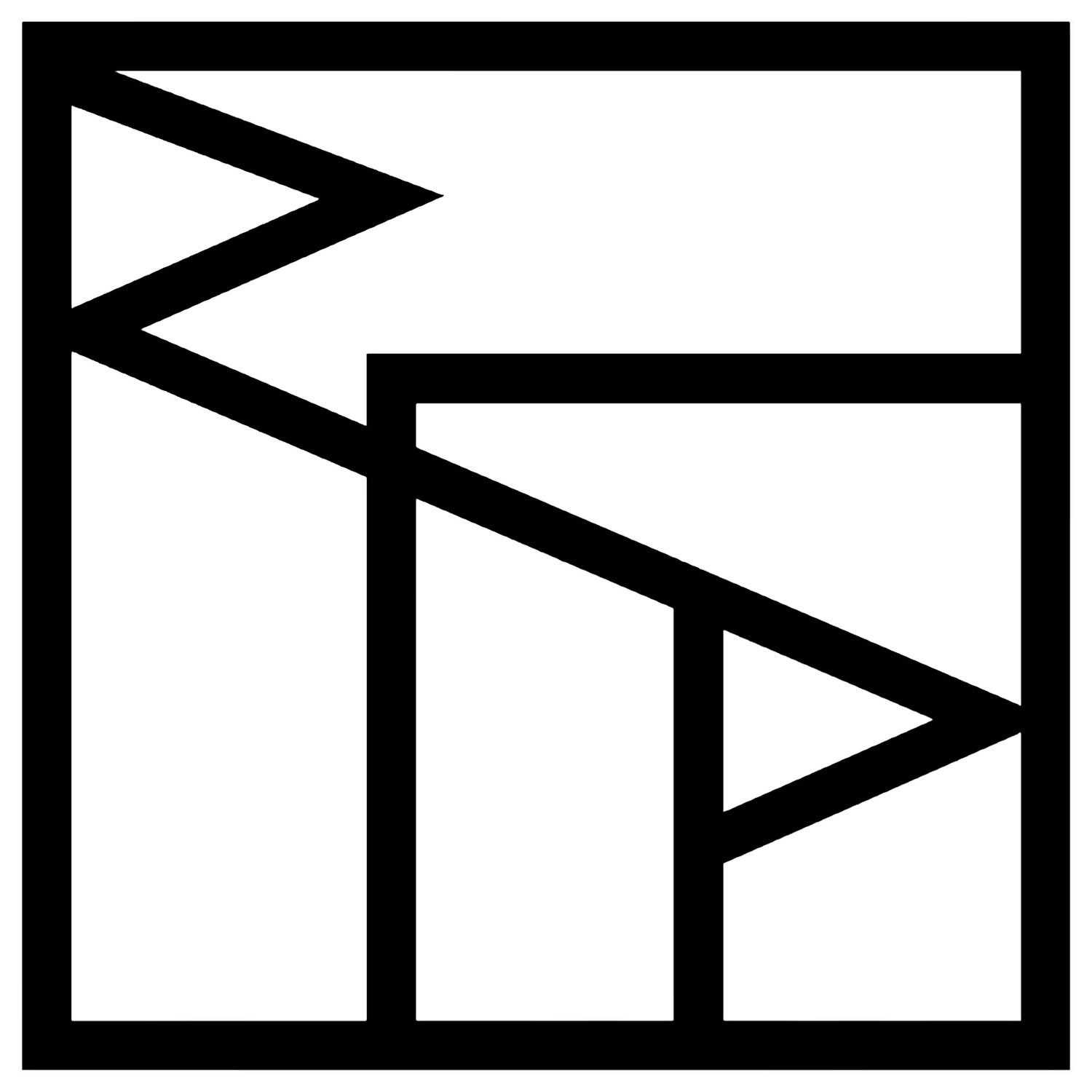SIGNATURE STYLE
It started with a 12-pack of Montana Paint Markers and a few small canvas boards.
In 2015, between my sophomore and junior year of university, I took a year-long sabbatical from school to explore other potential creative fields of study. I moved to Atlanta for an internship at a marketing and advertising agency, and although I enjoyed every moment of my time there, it made me realize how much I missed making actual art.
I began taking regular trips to the art store across the street from my apartment, where I found and purchased a set of paint pens and some itty bitty canvas boards—things that I’d be able to easily transport back with me when my internship would come to an end. With just a few colors to work with, I started creating a series of small paintings using inspiration from images I found curious and thought-provoking. My primary focus was representing the lightest and darkest values using the only colors I had available. Soon enough, I had developed a recognizable style—my signature style—which I continue to employ, explore, and experiment with in my works to this day.
PORTRAITS
But why so many self portraits?
My junior year of university, we were asked to choose a subject of focus for our senior year portfolio. My response? “I want to paint portraits. I want them to be colorful, and I want them to be BIG.” My professor Brian explained that if I were to apply to graduate school down the road, I would need 20-24 paintings in my portfolio that retained some sort of consistency in subject matter. He said it would be best to either paint 24 different people or the same person over and over again.
While my initial reaction was to paint different friends and family members, Brian suggested taking inspiration from photographer Cindy Sherman, whose series of self portraits allowed her to take on a different look and personality in every image. Additionally, by painting only myself, I could avoid the scrutiny and criticism from subjects who felt their “nose is too big” or “face looks fat.” At the time, it wasn’t about creating a perfect replica of any one person, but rather the process of learning to most accurately capture the expressions of a subject.
SAFARI SERIES
If you’re from Africa, why are you white?
It’s funny that people still ask this question. Though I was both born and raised in the United States, my parents hail from Rhodesia—a landlocked agricultural country in southern Africa that now goes by Zimbabwe. For this reason, a large portion of my childhood was spent traveling to and visiting family and friends in both Zimbabwe and South Africa. It’s difficult to explain, but being back there invokes an emotional response that’s hard to shake long after leaving. These works may represent that sort of longing I have to return, as there will always be a part of me that considers that part of the world home.




